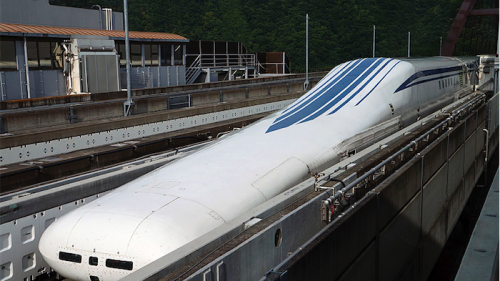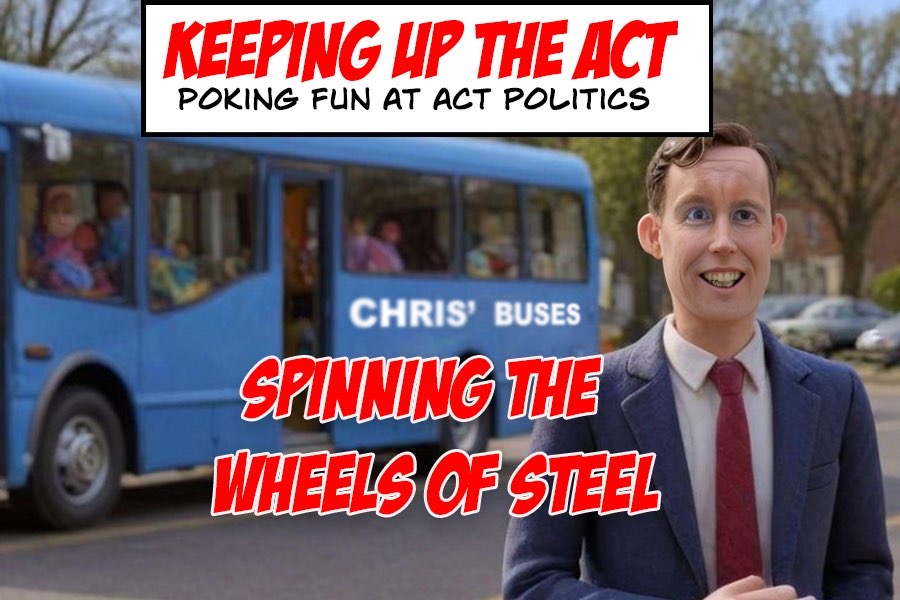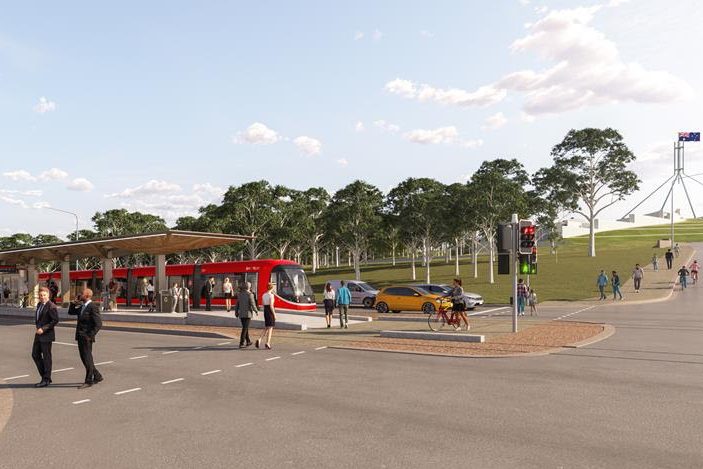
THE fastest European train travels at more than 500km/h, and the most cutting-edge technology from Japan reaches just over 600km/h, yet it still takes close to five hours to get from Canberra to Sydney by rail, a distance just under 300 kilometres.

Over the past five decades for the people of Europe and Asia, the sight of vast tunnels and viaducts are a part of everyday life. However, we in Australia are only beginning to use tunnelling and construction technology that will revolutionise our highways and rail.
We mustn’t settle for a network that takes 20 or 30 years to plan and construct, nor a network that runs at mediocre speeds of 200 to 300km/h, nor a network that runs along lengthy routes through every country town. No, we must settle only for an efficient, world-leading, high-speed rail network; with each stage planned and constructed over three or four years and trains that should be global front runners, travelling at maximum speeds of nearly 650km/h.
I believe that the first stage should be from Canberra to Sydney with a travel time of between 45 and 60 minutes, with train interiors designed like planes and fares sitting between taking the bus or flying.
The route would begin at Canberra’s future transport hub, the airport. It makes sense that the airport ultimately becomes the station and connection between air travel, conventional rail, interstate buses, light rail, high-speed rail and freight.
From Canberra Airport the next destination is Goulburn (78km), then Nowra (80km), Wollongong (60km), south Sydney (45km), Sydney Airport (20km) and Sydney Central (7km). At about 295 kilometres, this route may seem to cause difficulty, however, with well-engineered construction; tunnels, bridges and viaducts, as well as strategic development and growth along the rail corridor, the route would allow people comfortably to work in Sydney and live in Canberra or vice-versa.
Undeniably, the network will cost hundreds of billions of dollars to build. In 2012 the government estimated the network would cost $110 billion and high-speed rail projects overseas have cost $20 million to $70 million per kilometre.
Overwhelmingly, the project’s viability relies on its ownership and funding, which I believe, should be spread as 50.5 per cent to an Australian public/private consortium and 49.5 per cent to an international consortium.
The introduction of fast rail in the next five years would revolutionise the growth of our nation and our great city; our town centres will become more vibrant, our businesses will thrive and our opportunity for new work will increase tenfold.
However, we need all political parties to pledge not for a viability study, but that they will get on and build it. Let’s shake things up and get on with creating a better future for Canberra and Australia!
John-Paul Romano (@johnpauldromano) is the founder of The PURE Network (thepurenetwork.com).
Who can be trusted?
In a world of spin and confusion, there’s never been a more important time to support independent journalism in Canberra.
If you trust our work online and want to enforce the power of independent voices, I invite you to make a small contribution.
Every dollar of support is invested back into our journalism to help keep citynews.com.au strong and free.
Thank you,
Ian Meikle, editor




Leave a Reply